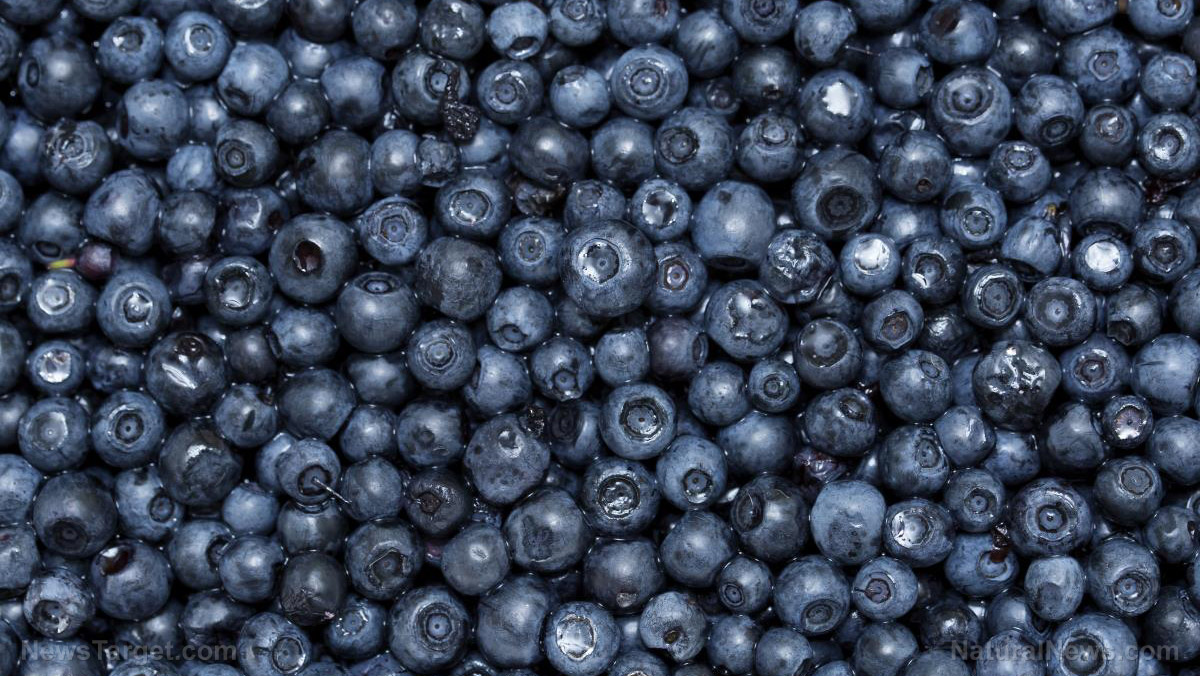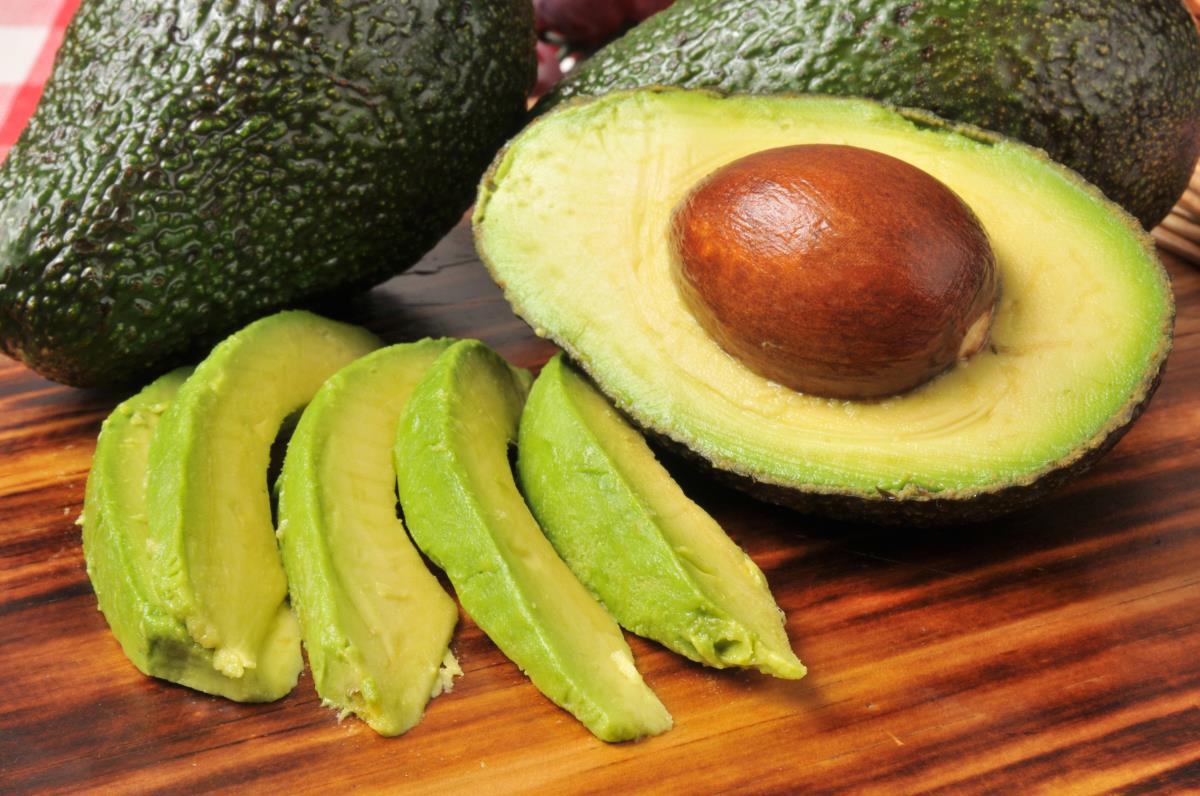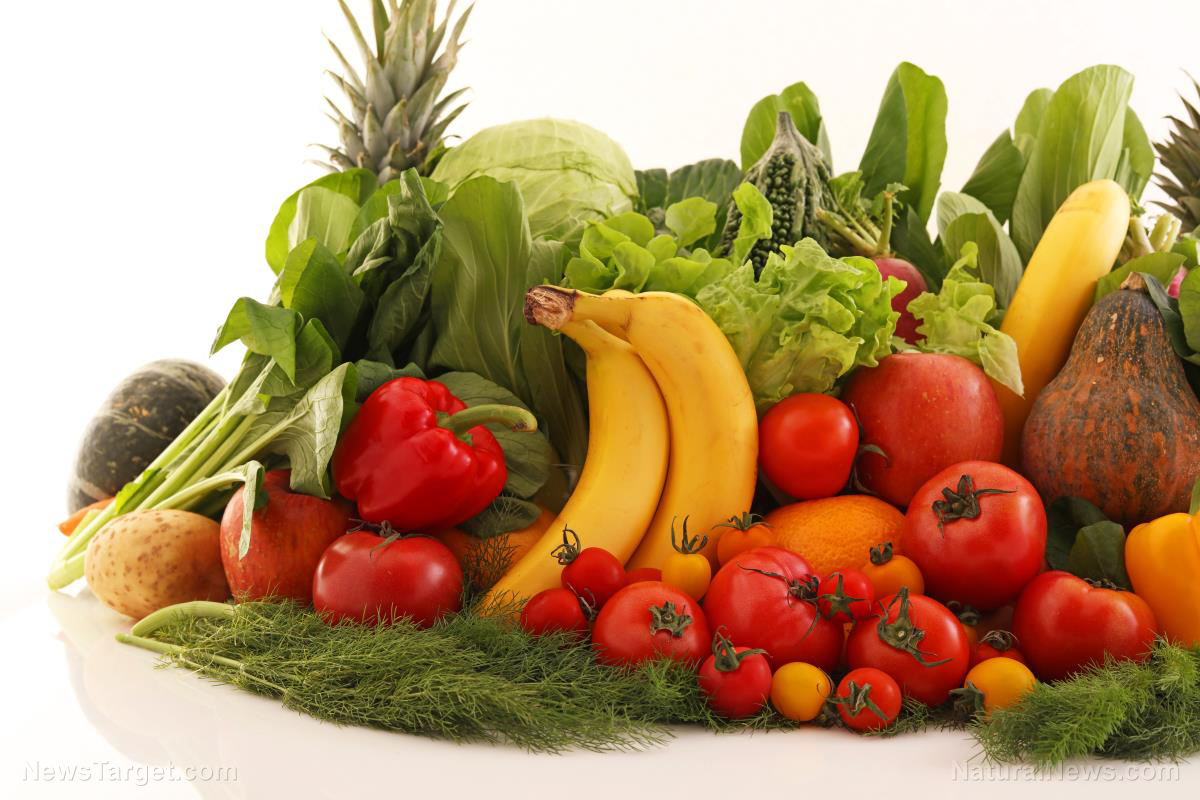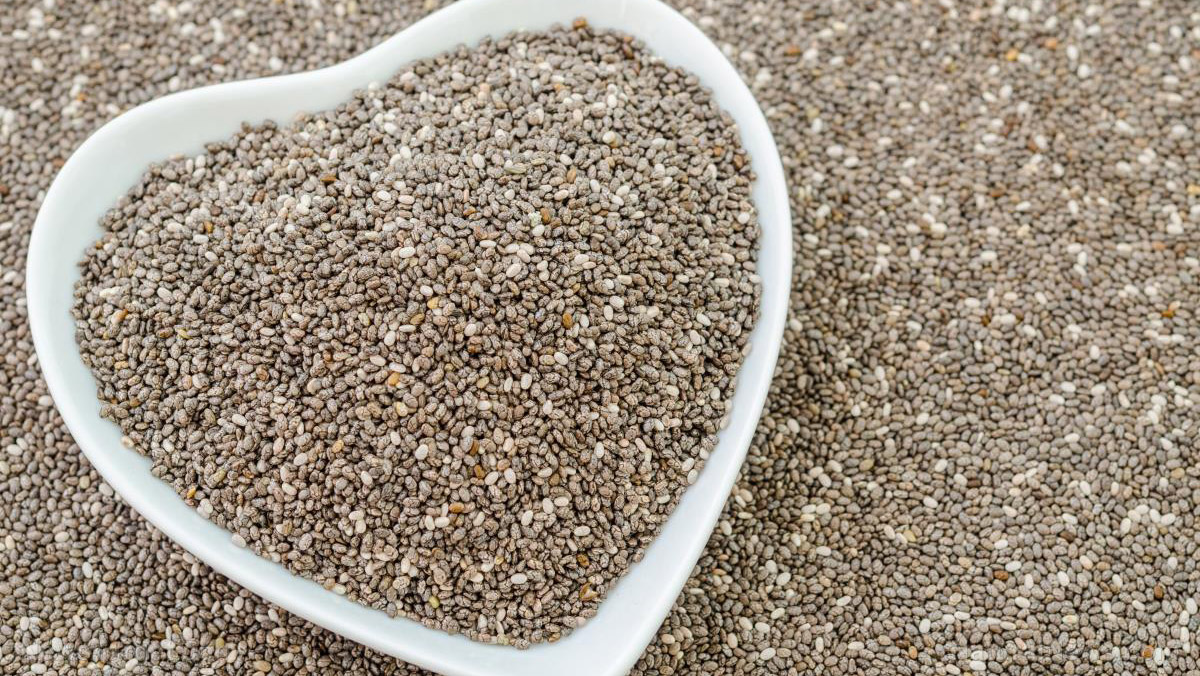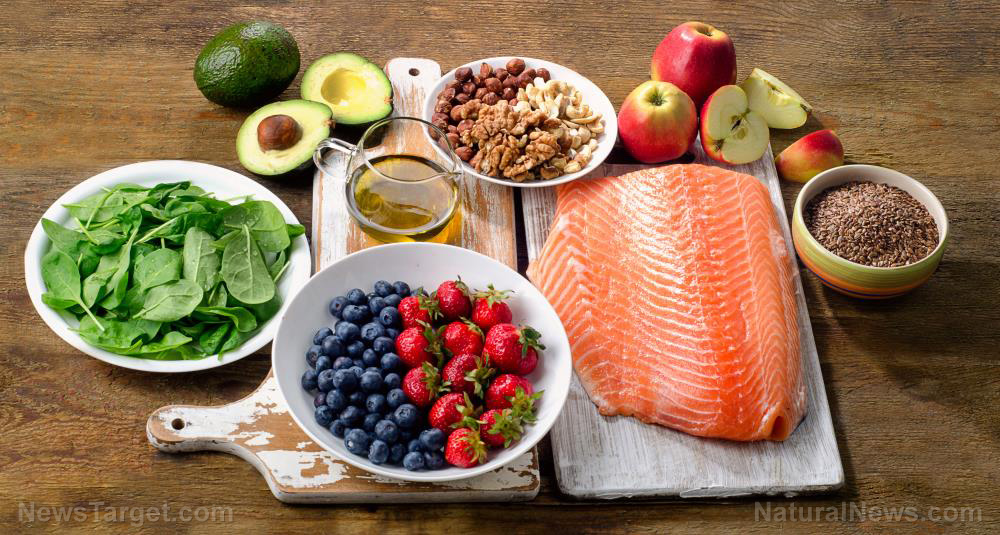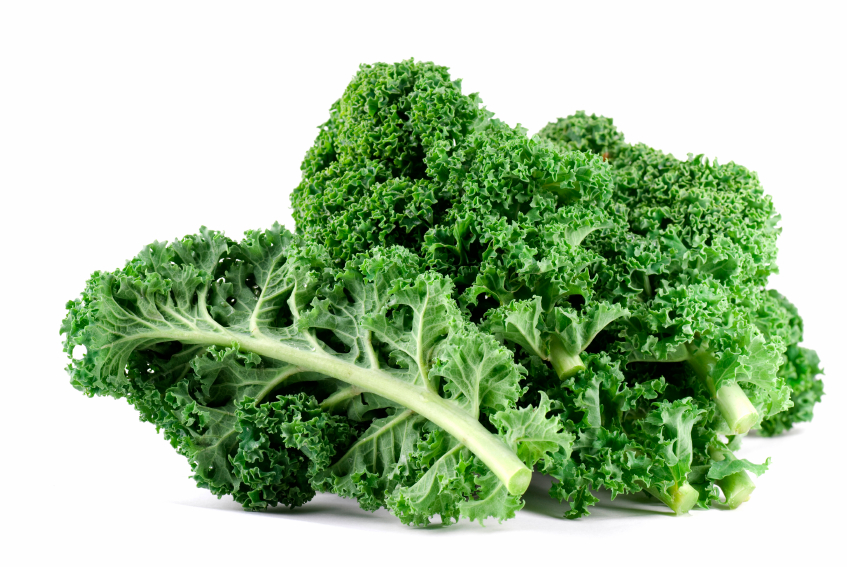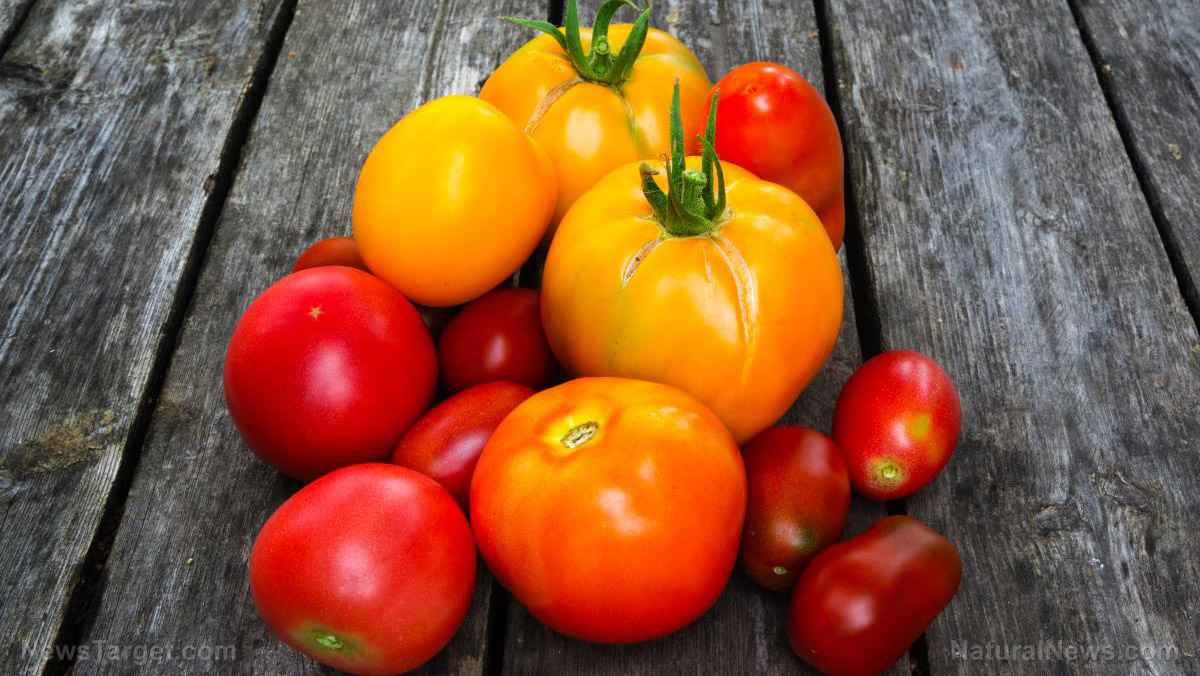Milk allergies and intolerance are underdiagnosed
02/14/2019 / By Ralph Flores

People who may suffer from milk-related allergies and intolerances may not know that they suffer from it, according to experts. This is especially concerning for babies and infants, as this age is heavily reliant on milk for nutrition.
In the report “The Challenge of Delayed Reactions,” researchers were able to find out that nearly 50 percent of the children who suffered from cows’ milk allergy (CMA) had to wait for three months before they were provided with the correct diagnosis for it. In addition to this, at least one in five children had repeatedly visited their doctors for at least ten times while getting diagnosed.
The study also uncovered that among parents, 75 percent were aware of CMA, but only 50 percent were able to identify symptoms related to it.
Cows’ milk allergy can manifest in different ways for people. These can range anywhere from itchy, red, raised skin to irritability (colic) or even severe breathing problems. Children can be especially prone to these symptoms, with common symptoms including eczema, constipation, and vomiting. In the study, 75 percent of the parents have reported seeing these symptoms in their children, but only 30 percent of them traced back these symptoms to CMA.
This lack of information regarding CMA and its effects can prove to be crushing to parents of infants who suffer from the disease. In the study, at least 88 percent of parents have felt powerless at the onset of the CMA. Parents have also reportedly blamed themselves or have doubted their ability because of the condition.
It’s not just sufferers of CMA that are affected by the dearth of information regarding it — doctors, in particular, have encountered difficulty diagnosing CMA. According to experts, the challenge of providing an accurate diagnosis for CMA lies mainly with its symptoms being common to other diseases as well, which doctors tend to address first before the allergy. Add this to the allergy manifesting itself hours, or even days, after milk is consumed, and you have a condition where experts are left scratching their heads and wanting more information about it — around 70 percent of doctors have indicated in the study the need to have a greater awareness of the situation.
Dr. Adam Fox, one of the authors of the report said: “If you’re not looking for CMA, you won’t find it. That is why it is important for both healthcare professionals and parents to be informed about the symptoms of cows’ milk allergy and consider it earlier.”
Recently, a study released by the nonprofit group FAIR Health puts milk as the allergen with the highest instance of services done per patient in 2016. Milk allergy cases are one of the costliest as well in terms of services and treatments, with expenses averaging at $1,043.89 per patient in 2016. BJ Lanser, director of the pediatric food allergy program at National Jewish Health in Denver, said that the high cost of treating the allergies can be correlated to the price of milk substitutes, especially alternative baby formulas.
Other findings indicate the following:
- The growth of food allergy cases is faster in urban areas as compared to rural areas. From 2007 to 2016, treatment and procedures for food allergy have increased by 70 percent in cities. Rural settings have also displayed a significant rise in allergies.
- Food allergy claims are more common among boys than girls but this is reversed for adults.
- Gender also plays a part in the effects of allergens in a person. Women and girls are treated for food allergies, while peanuts are the top allergen for men and boys.
- Although food allergies are commonly associated with children, at least 34 percent of treatment is for a patient above 18 years old. (Related: Are your food allergies a result of lifestyle choices? Nearly half of people experience their first reactions after reaching adulthood.)
According to the U.S. Food and Drug Administration (FDA), more than 90 percent of food allergies can be linked to either of these eight foods: milk, eggs, fish, crustacean shellfish, tree nuts, peanuts, wheat, and soybeans.
Sources include:
S3.amazonaws.com[PDF]
Tagged Under: allergen, children's health, cows milk, dairy, lactose intolerance, milk allergy




